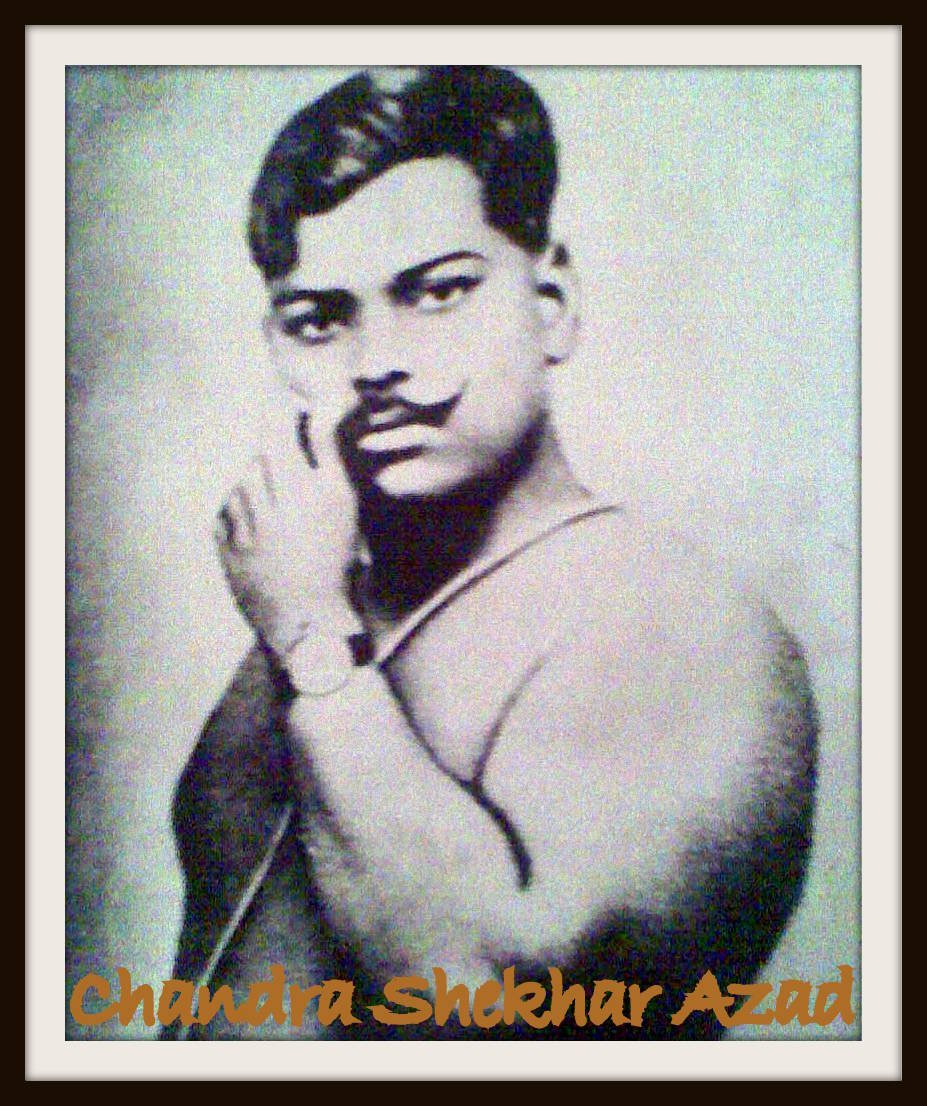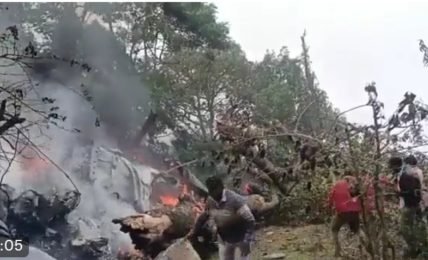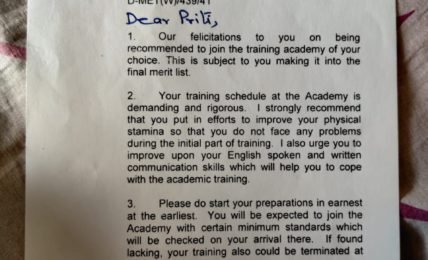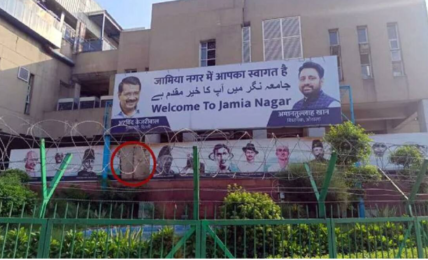Chandra Shekhar Azad- the Fighter who Remained ‘free’
"Dushman ki goliyon ka hum samna karenge, Azad hee rahein hain, Azad hee rahenge" (I will face the bullets of the enemy. I have remained free and will remain free!) was Azad's words. At the age of 15, he vowed to be free as long as he lived and kept it to the last.




